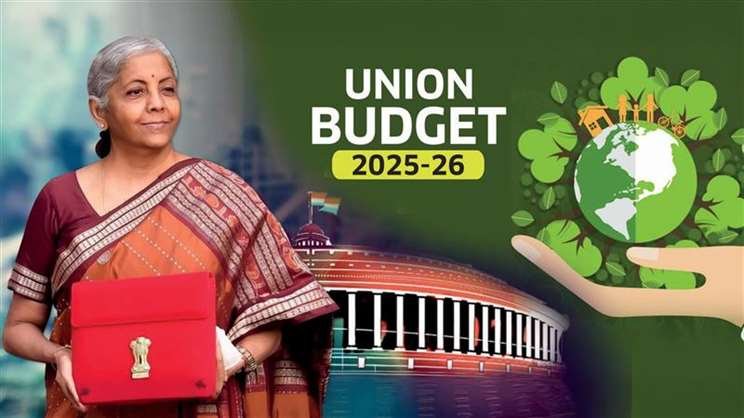
Discover all about the Union Budget of India, its types, preparation process, components, previous trends, and expectations for 2025. Learn how this critical financial plan shapes India’s economy and impacts various sectors.
What Is the Union Budget?
The Union Budget is an annual financial statement presented by the Government of India, outlining its revenue and expenditure for the upcoming financial year. It is a roadmap for the country’s economic development and serves as a crucial tool to implement fiscal policies, promote growth, and manage public finances.
Types of Budgets in India
India’s Union Budget is categorized into:
- Balanced Budget: Revenue equals expenditure, ensuring no fiscal deficit.
- Surplus Budget: Revenue exceeds expenditure, leading to savings.
- Deficit Budget: Expenditure exceeds revenue, indicating borrowing needs.
Who Prepares the Union Budget?
The Union Budget is prepared by the Ministry of Finance, specifically the Department of Economic Affairs, under the supervision of the Finance Minister. Input is sought from various stakeholders, including:
- NITI Aayog
- Reserve Bank of India (RBI)
- Various ministries and departments
- Economists and industry experts
How Is the Budget Prepared?
The preparation of the Union Budget follows a systematic process:
- Initial Planning: Begins six months before the presentation, with consultations and discussions.
- Estimates from Ministries: Departments submit their revenue and expenditure estimates.
- Economic Review: The Economic Survey (released before the Budget) provides insights into the economy’s health.
- Drafting and Approval: A budget document is drafted, reviewed, and approved by the Finance Minister and Prime Minister.
- Presentation: The final Budget is presented in Parliament, typically on February 1.
Components of the Union Budget
The Budget consists of two parts:
- Revenue Budget: Includes revenue receipts (taxes and non-tax revenue) and expenditure.
- Capital Budget: Covers capital receipts (borrowings and asset disinvestment) and expenditure on infrastructure and development projects.
Highlights of Previous Budgets
India’s Union Budget has evolved over the years. Here are some key highlights:
- 2023: Focused on green energy, digital transformation, and infrastructure.
- 2022: Introduced the Gati Shakti initiative for multi-modal logistics and infrastructure.
- 2021: Announced privatization of public sector enterprises and increased health sector allocation.
Expected Announcements in Union Budget 2025
The upcoming Budget is expected to focus on:
- Job Creation: Incentives for startups and MSMEs.
- Digital Economy: Increased allocation for AI, blockchain, and digital infrastructure.
- Green Energy: Investments in renewable energy and EV ecosystems.
- Healthcare: Expansion of public health programs.
- Tax Reforms: Possible changes in income tax slabs and corporate tax structures.
Importance of the Union Budget
The Union Budget impacts every citizen and sector by:
- Influencing economic growth.
- Shaping investment opportunities.
- Deciding tax policies and subsidies.
- Guiding infrastructure and welfare initiatives.
Conclusion
The Union Budget is more than just numbers; it is a vision for India’s progress. With the 2025 Budget around the corner, all eyes are on the government’s plans to accelerate growth, create jobs, and invest in futuristic sectors. Stay tuned for key announcements that will shape India’s economic future!

